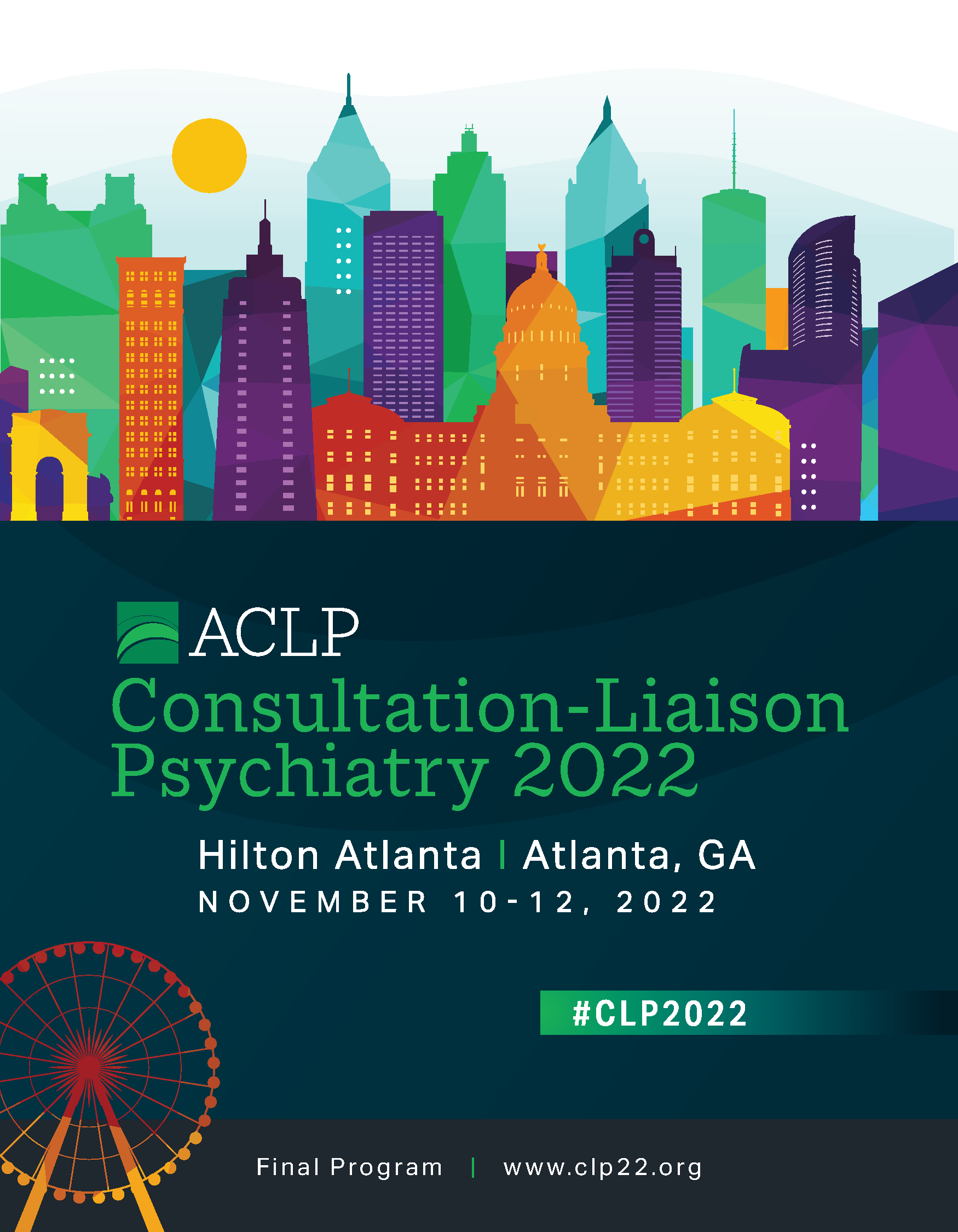Back
Brief Oral Papers
Session: Oral Presentation Session 05: Potpourri 1
Outpatient Opioid Dose Does Not Predict Treatment Refractory Acute Pain or High Hospital Utilization in Sickle Cell Disease
Friday, November 11, 2022
11:00 AM – 12:30 PM
Location: Room 203

Elizabeth Prince, DO
Assistant Professor
Johns Hopkins University School of Medicine
Baltimore, Maryland- CC
Christopher Carroll, MD
Associate Professor
Johns Hopkins School of Medicine
Baltimore, Maryland
Presenting Author(s)
Co-Author(s)
Abstract: Introduction- Opioids are used in the treatment of both acute and chronic pain in sickle cell disease. The relationship between outpatient opioids and acute care utilization is not fully understood. A prior smaller study found outpatient opioid dose was associated with greater utilization for treatment of pain, as well as more treatment refractory pain (worse pain improvement with higher acute care doses). The current naturalistic observational study aimed to replicate this relationship in a large SCD center.
Methods- Patients (n=291) followed in the Sickle Cell Center for Adults from August 2018 to July 2019 were identified. Detailed medical records and clinical data were extracted. Outpatient opioid dose was used to predict acute care treatment outcomes using generalized linear models controlling for demographics, disease characteristics, and treatment.
Results- Outpatient opioid doses predicted higher doses administered during encounters, but not length of stay nor pain improvement. Utilization in all settings was associated with higher outpatient opioid dose. However, in post hoc analyses this relationship was nonlinear, with a positive relationship in those prescribed the lowest opioids and minimal relationship in those with the highest.
Discussion- Findings on the effect of outpatient opioid dose suggested tolerance (higher opioid doses in acute care settings for the same benefit) rather than treatment refractoriness (worse pain improvement despite higher doses). The relationship with utilization was more complex, suggesting little relationship between opioid dose and hospital utilization at higher outpatient doses. Possible explanations for this are explored in relation to the literature and future planned studies.
Methods- Patients (n=291) followed in the Sickle Cell Center for Adults from August 2018 to July 2019 were identified. Detailed medical records and clinical data were extracted. Outpatient opioid dose was used to predict acute care treatment outcomes using generalized linear models controlling for demographics, disease characteristics, and treatment.
Results- Outpatient opioid doses predicted higher doses administered during encounters, but not length of stay nor pain improvement. Utilization in all settings was associated with higher outpatient opioid dose. However, in post hoc analyses this relationship was nonlinear, with a positive relationship in those prescribed the lowest opioids and minimal relationship in those with the highest.
Discussion- Findings on the effect of outpatient opioid dose suggested tolerance (higher opioid doses in acute care settings for the same benefit) rather than treatment refractoriness (worse pain improvement despite higher doses). The relationship with utilization was more complex, suggesting little relationship between opioid dose and hospital utilization at higher outpatient doses. Possible explanations for this are explored in relation to the literature and future planned studies.

